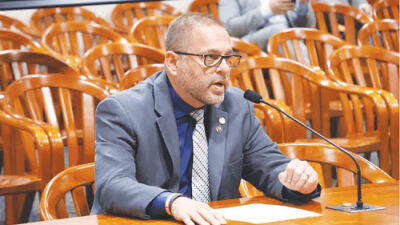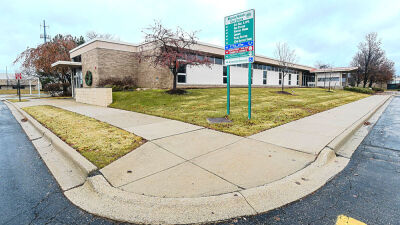STERLING HEIGHTS — The Sterling Heights City Council has adopted an amendment to its zoning ordinance aimed at revitalizing buildings that have been left vacant by the closing of box stores.
At its May 20 meeting, the City Council introduced two ordinances amending the city’s zoning ordinance: one to create new neighborhood and district nodes, replacing the former traditional mixed-use development nodes; and another ordinance to update the zoning map accordingly.
The changes, which are based on the 2025 master land use plan, aim to encourage walkable, mixed-use redevelopment at some intersections by expanding permitted and special approval land uses, such as childcare centers and restaurants.
The nodes are being referred to as “district nodes” and “neighborhood nodes,” with neighborhood nodes being at smaller intersections and local hubs surrounded by single-family neighborhoods.
Specifically, the nodes will allow more zoning uses in strip malls at more than 20 shopping centers across the city. Additionally, the ordinance will allow more zoning uses at nine intersections in the city than were previously allowed. It also allows multifamily housing to be built at certain intersections, though it would have to be approved by the city’s Planning Commission.
“The goal is to open up more uses for people who are having trouble filling some of the spots on these corners,” City Planner Jake Parcell said.
Changes in the amendment that will allow for businesses to find new tenants or develop underused parking lots are all linked to strategies in the city’s master land use plan that was adopted a few weeks ago, Parcell said, including things such as planting, landscaping, pedestrian amenities and walkability.
Parcell said the city has a low commercial vacancy rate, especially compared to other areas in the metro Detroit region, but the closing of box retailers has left some vacancies. The goal of the amendment is to help business owners fill those vacancies.
“We’re in a really good spot, but nationally, things like Rite Aid, CVS, Walgreens, those mid-size box retailers, are going out of business, and even up to 30,000-square foot anchor tenants are going out of business because of changing shopping trends,” he said. “So we want to make sure that people have opportunity and flexibility in filling those spots.”
The City Council voted unanimously to introduce the amendment at the May 20 meeting. At the June 3 meeting, it was adopted, again, unanimously.
At the June 3 meeting, Councilwoman and Mayor Pro Tem Liz Sierawski voiced her appreciation for the Planning Department.
“I really want to commend the Planning Department for bringing this to us,” she said. “I don’t know if it’s something we would have thought of on our own. I just want to thank you for doing this … I hate to see empty buildings. Nobody wants to see it.”
Parcell said the city is already seeing some of the vacant buildings be revitalized.
“We have some people who want to kind of refresh the facades and do some work related to the master plan, and then we have some people who want to explore reducing some of their parking,” he said. “Already we’re starting to see it.”
 Publication select ▼
Publication select ▼





















